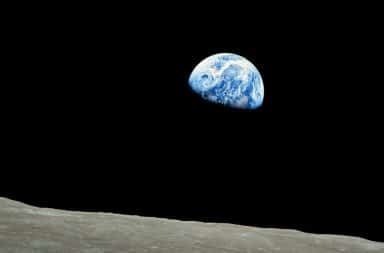Dwindling supplies
- According to the Society for Appropriate Punctuation, the global supply of ellipses reached critically low levels during the last quarter of 2021.
- If ellipsis use continues at present rates, supplies could be totally depleted before 2025.
- The US has a small cache of ellipses on reserve for emergency use, but access to that supply will be restricted to government officials and high-ranking military officers.
Causes of the shortage
- Massive increases in the use of ellipses have been recorded since the advent of the internet.
- In 1985, on average, each American used just ten ellipses per year.
- By 2015, that average had ballooned to 743, with most ellipses being used in work-related emails and social media posts.
Economic impact
- All those unnecessary pauses add up!
- In the US alone, the annual cost of superfluous pause-related productivity loss resulting from improper ellipsis use has risen steadily during the past four decades and is currently estimated at $175 million.
What will happen if the global supply of ellipses is depleted?
- Without ellipses, writers will be unable to add critical pauses to their work.
- Characters will be unable to have their sentences—or even their internal monologues—trail off; their only hope for leaving a statement or thought uncompleted will be an interruption (e.g., from another character, an explosion, or a wayward mongoose), in which case an em dash can be deployed.
- There will be no more anticipation dots for people to fix their gazes upon while waiting for a response to a text.
- This will leave texters with no way to gauge the amount of time their text partners spent typing a response, tinkering with it, deleting it, redrafting it, and scrapping it again before finally sending a single, cryptic emoji.
- These animated ellipses have become so integral to the average American’s sense of self-worth that their sudden unavailability could be catastrophic, causing broad-ranging devastation on par with that of climate change.
What can you do?
- Count your dots!
- Remember: An ellipsis consists of three dots, not two, not four (although a period followed by an ellipsis is acceptable in some cases); five is right out.
- You might ask, “If I use only two dots, won’t that help conserve ellipses?”
- No.
- Using two dots (or four or five) splits an ellipsis asunder, resulting in free radical dots
- When these free radicals careen into nearby sentences, they may collide with other ellipses (or even colons, semicolons, question marks, exclamation points, or quotation marks), causing them to break apart, which could lead to a chain reaction that irrevocably alters punctuation as we know it.
- Be judicious with your use of ellipses.
- Ask yourself, “Do I really need that ellipsis, or am I just using drama dots to create a false sense of importance in my writing?”
- If any of your emails resemble the passage below, you may have contracted ellipsis overuse syndrome (EOS) and should seek grammatical help promptly: “Hello…Happy New Year…Let’s hope that this one is better than the last…all things considered…”
- The ellipses in the above passage are not only unnecessary, but they are also perplexing and annoying.
- If we all work together, we can save time and aggravation as we conserve ellipses for instances when they are truly needed!
FAQs
- What should I do if I have a friend or colleague with EOS?
- Likely, the person doesn’t realize they have a problem; direct confrontation could make them defensive and less amenable to advice
- Instead, try leading by example: Dazzle them with your masterful use of commas, parentheses, and other punctuation so that they want to emulate you
- Is there a forum where I can report ellipses overuse to the authorities?
- Government entities have no power to enforce conservation and appropriate use of ellipses
- Thankfully, public shaming on the social media platform of your choice remains an option
- Aren’t you getting a little bent out of shape about this? After all, they’re only dots!
- True, but when it comes down to it, aren’t we all just made of dots?


